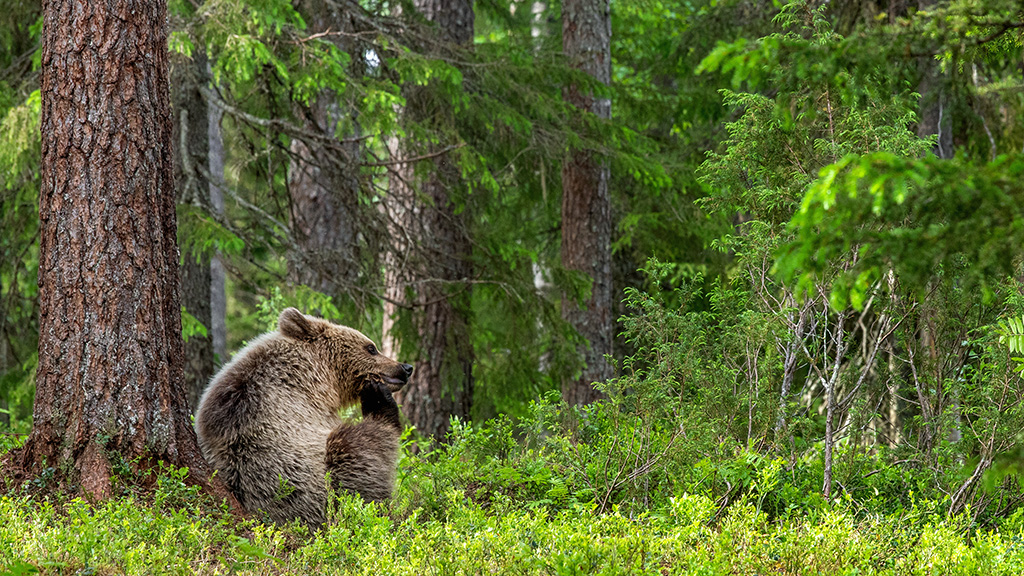Abstract
Every year during the foodless winter months, bears enter their den and lapse into a state of extended dormancy and slumber (called hibernation). For the next 130+ consecutive days they do not drink, eat, defecate, or urinate. Rarely do they die from starvation, dehydration, or poisoning from waste buildup while hibernating. How do bears prepare for this period of starvation coupled with significant weight loss? Bears are not only the champions of winter rest, but are also the undisputed champions of non-stop summer eating. They are constantly on the move during late spring and all summer long into late autumn oftentimes covering great distances over diverse habitats in their incessant search for locally and seasonally available food. In this case study, students learn the basics about bear denning, hibernation energetics, the differences in size of bear home ranges, and the nutritional landscape they must navigate to prepare for the long months of winter inactivity and caloric deprivation. The case is suitable for a wide audience, including majors or non-majors in lower- or upper-level undergraduate courses in environmental science, ecology, biology, or wildlife science.



